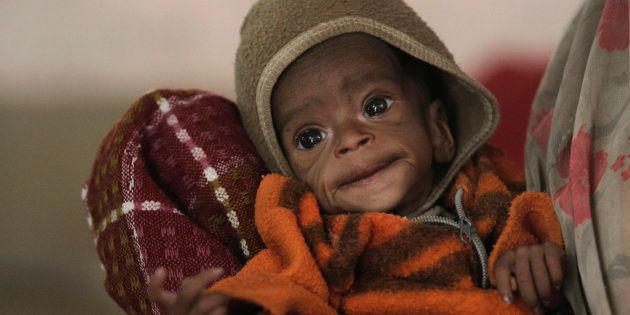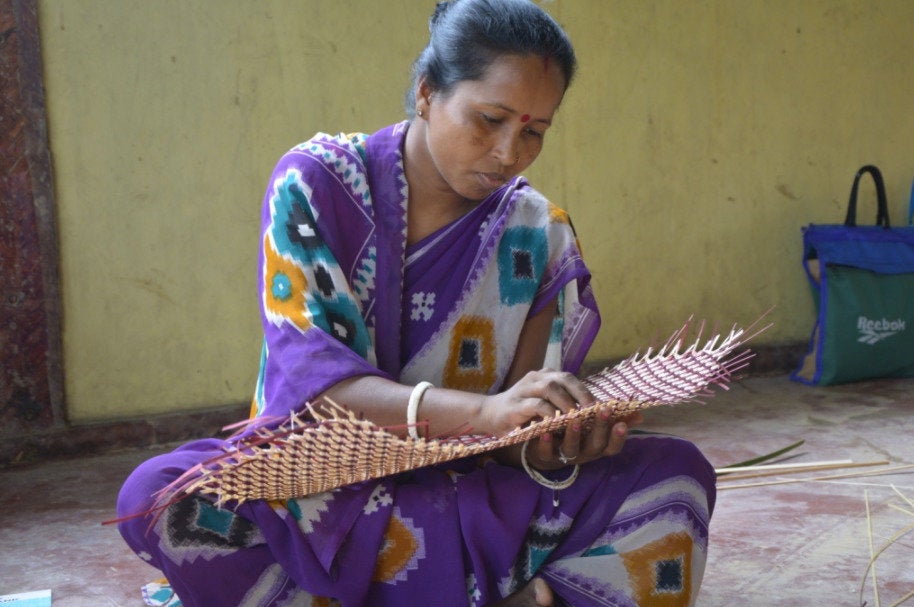
The latest End of Childhood Index report, prepared by Save the Children, an international non-profit organisation based in the United States, paints a dismal scenario for children in India in key areas such as child malnutrition, child labour, child marriage and early pregnancy. India ranks 116 among 172 nations on the index. As the report says, "many children" in the country are "missing out on childhood."
At 48 million, India has the largest number of children under the age of 5 in the world who are moderately to severely stunted, according to the report that was released on 31 May. Globally, there are 156 million children under age of five who are stunted because of malnutrition, which is about a quarter of all the children in that age group. The percentage of children who are stunted in India is 39 percent, the highest after Yemen at 47 percent, Pakistan at 45 percent and the Democratic Republic of Congo at 43 percent.
The report said that "stunting" is a condition that "prevents children from developing to their full potential, both mentally and physically" when a child does not get enough food and nutrients. It is caused because of chronic malnutrition in first 1,000 days of a child's life.
The report pointed out that the stunting rates are higher for boys than girls, even though the preference for boys in South Asia means that boys are usually fed better than the girls, which leads to widespread stunting in adolescent girls. In India, one-third of girls aged 15-19 are stunted.
In India, one-third of girls aged 15-19 are stunted.
For 700 million children around the world, according to the report, childhood ends for a host of reasons including poor health, conflict, extreme violence, child marriage, early pregnancy, malnutrition, exclusion from education and child labour. India's neighbours — Sri Lanka, Bhutan and Myanmar ranked higher on the End of Childhood Index, while Bangladesh, Pakistan and Nepal were even lower down in the index.
The ten countries taking care of their children the best are Norway, Slovenia, Finland, Netherlands, Sweden, Portugal, Ireland, Iceland, Italy and Belgium.
Early Marriage And Childbearing
The report said that one girl under 15 gets married every seven seconds, globally, and a girl gives birth every two seconds. Half of the world's adolescent births occur in just seven countries — Bangladesh, Brazil, Democratic Republic of the Congo, Ethiopia, India, Nigeria and the United States.
"Every year, around 17 million girls give birth, forcing them to assume adult responsibilities and putting their health, education and economic prospects at risk. Most births to adolescents (95 percent) occur in developing countries, and 9 in 10 of these births occur within marriage or a union," the report said. More than 21 percent of girls between the ages of 15 and 19 are married in India.
The report also pointed out that early childbearing is the cause of huge economic losses to nations.
"If adolescents in Brazil and India had been able to wait until their early 20s to become mothers, those countries would have greater economic productivity equal to over $3.5 billion and $7.7 billion, respectively," the report said.
Also on HuffPost India:
